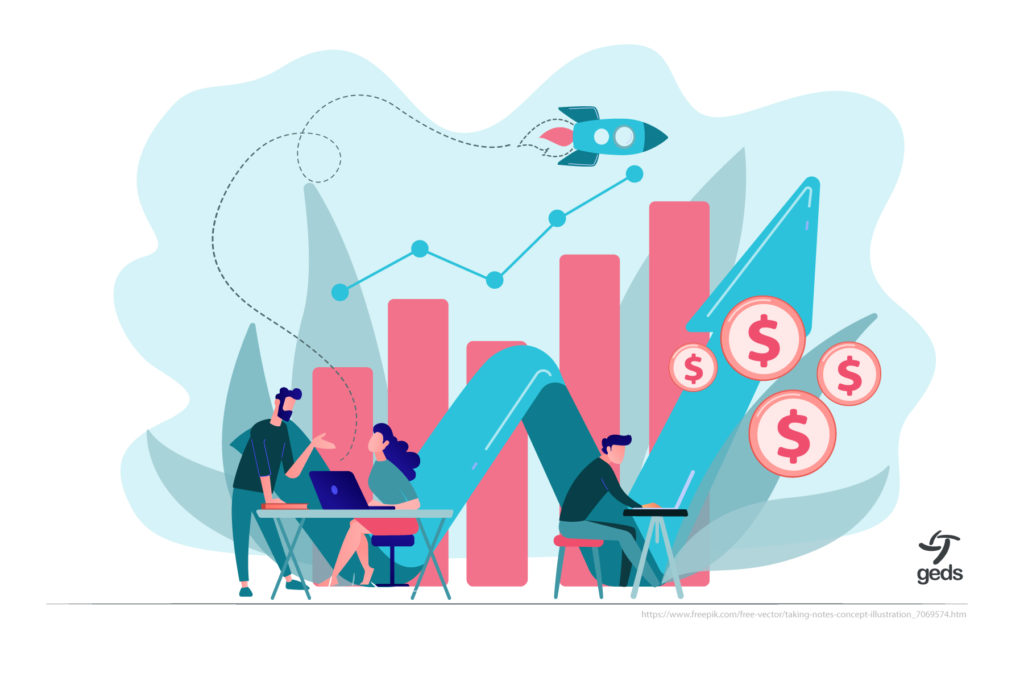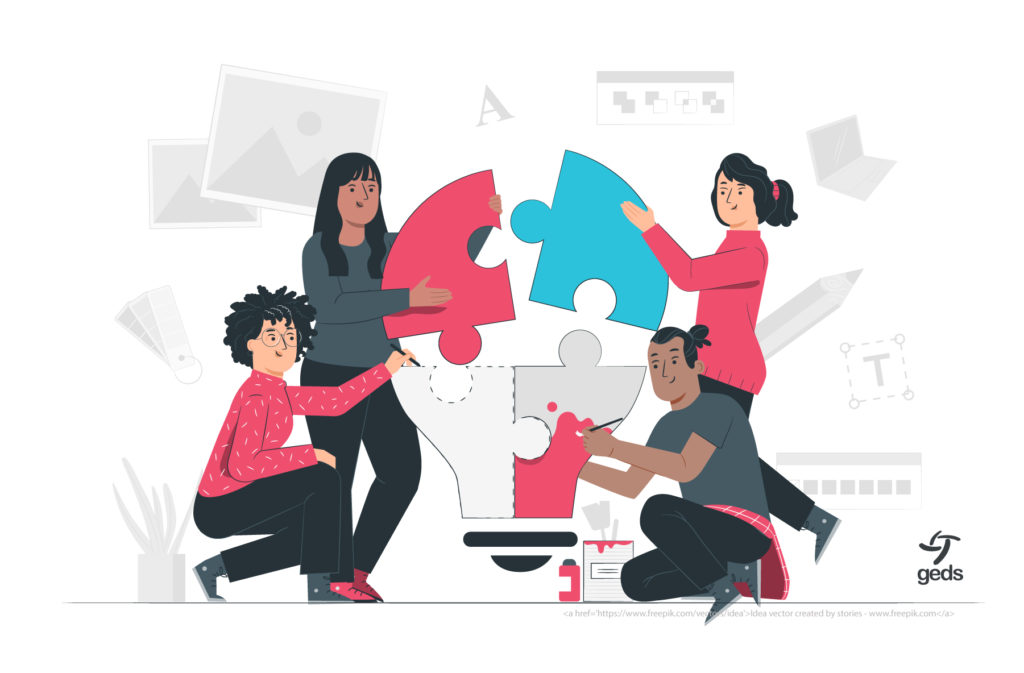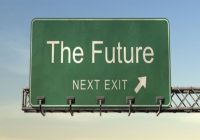Imagine a scenario where you are working on a very exciting project that you spent months on the creative process. You worked on the planning of the project with your team for countless hours. In fact, the project was completed in perfect quality at the end. You feel confident about your product or service because you know you spent more than a necessary amount of time on the design process, and the result looked and felt right to you. You finally go online with your offerings, and within a short amount of time, you are getting thousands of hits to website. However, you realize that despite all this traffic your ideas are not being disseminated and you cannot reach beyond a certain number of user. People are viewing your products/ services but not purchasing. Your company is hemorrhaging money when you add up all the resources and time that you used up on the project. You finally realize that you have failed to connect with your audience.
This is when prototyping and testing become relevant to us. Prototyping gives us the ability to test the feasibility of ideas through certain tools and approaches, without spending too much time and resources. We have all been in situations where we needed to test an idea or a decision, before acting on it. Measure twice, cut once is a stable teaching in wood-shops. Human mind forms solutions or makes decisions through calculating many factors very rapidly. However, these calculations must be checked for validity. In a nutshell, prototyping is an experimental control mechanism that allows us to check how our ideas would behave in the real world. As GEDS, when we face these type situations in our projects, rapid prototyping has always been the fastest and the most effective tool in our toolbox. We utilize prototyping as much as we can because firstly, it helps check the applicability of our ideas; second, and maybe more importantly in terms of time, it allows us to eliminate ideas early in the process before getting attached to them. These prototypes can be highly detailed and close to a scale model or can be fast, rough, and straight to the point. In design firms, the quality of a prototype is proportional to the available time. If there are no time constraints, designers can spend extended amount of time on thinking about the prototype. However, it is rare that time is not a factor in creative projects. Therefore, being able to test many ideas in a short amount of time, and decide which solution path to follow is a priceless piece knowledge for designer.
“If a picture is worth a thousand words, then a prototype is worth a thousand meetings.” This a key motto at IDEO, one of the leading firms in the design industry. The reason behind this is that the research conducted at the early stages of the design thinking projects does not yield all the information necessary for the solutions. Because no matter how large your data pool is, or how rich your innovative ideas are, the real world differs from the theoretical world. Understanding the difference between the two gives an edge in competition. It is not so uncommon for design researchers, and therefore their respective teams, to show bias toward the data discovered early in the project and form bonds with their own enticing ideas. We see it regularly in our industry, and experience it in ourselves. At GEDS, we work around this challenge by setting up checkpoint throughout the design process by way of prototyping and testing. This has become the core of our process. We prototype not just for service/product ideas, but for research design, overall design process, project management methods, data protection of the project etc. Prototyping and testing can provide validity of these bias and preferences. In addition, they can reveal insights about the user, which can be used to improve our ideas or aid developing new solutions.
It is known to those work in the creative fields that, project teams invest most in exciting ideas, ideation sessions, and plans for the development. Until we realize that our brilliant ideas have no connection to our users, we stay attached to them. When the solutions that we built on top of our assumptions are proven wrong, we find ourselves in a different reality where we used up all our time and resources on the wrong idea. Prototyping allows us the break from these chains of unfortunate events, test various ideas quickly, empathize with the user and provide a healthy environment for ideas to develop. It is a very powerful tool that everyone design firms should be aware of, and utilize it.
If you have questions or comments you can contact with us.




